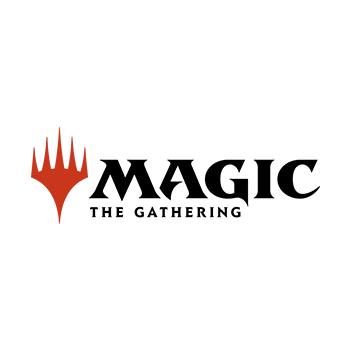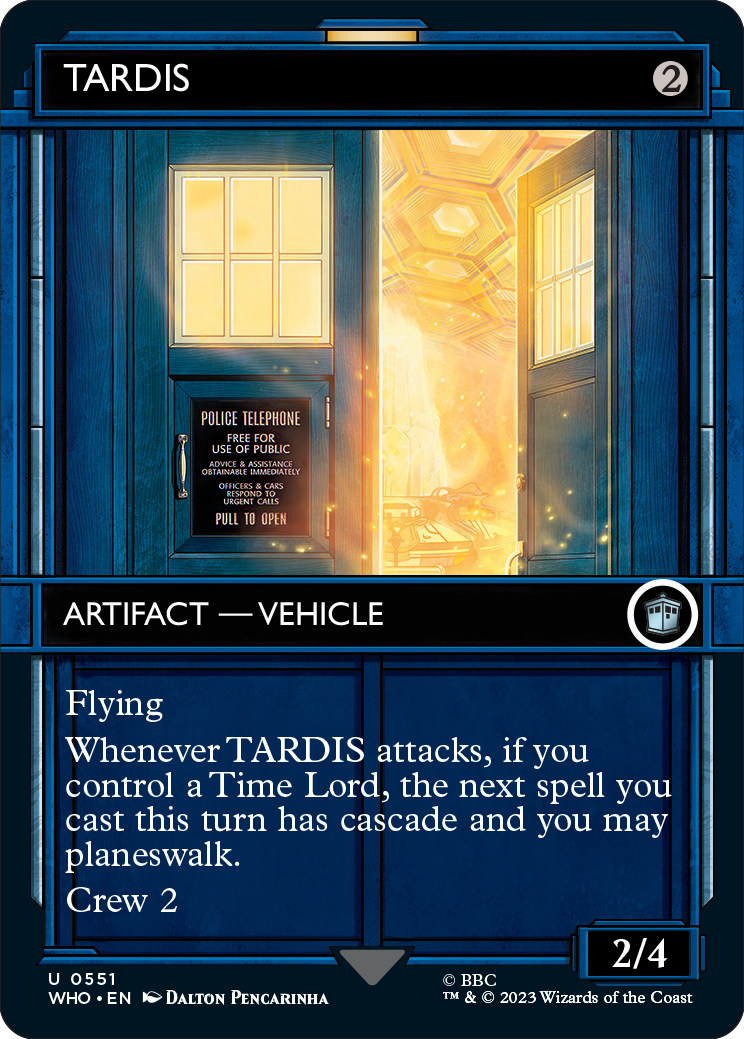Top Reasons To Choosing MTG Card Value
Wiki Article
What Are The Different Types Of Magic: The Cards For Gathering?
The Magic: The Gathering card game revolves around a variety of different cards, all with their own unique characteristics and purposes.
Creatures- Represent creatures like dragons, elves, beasts, etc.
Capacity- They have a lot of power (which signifies their ability to fight) and they could possess special abilities such as flying, trample or even lifelink.
Summoning sickness- Creatures can't utilize abilities or attack during the turn they're summoned until they have "haste."
Spell Cards
Spells are magical effects. These effects can include the ability to cause damage to creatures, countering spells or drawing cards.
Instants are spells which can be used at any moment and sorcery during the main phase of a player, or spells that affect the game.
Artifact Cards-
Artifacts are magical objects or devices, which range from powerful weapons to utility objects.
Abilities. They can be utilized to create a variety of effects. This can include granting specific capabilities to specific creatures, or generating more mana, or changing the game in other ways.
Enchantment Cards
Enchantments: These lasting effects remain on the battlefield after they've been used.
Effects: They could alter gameplay in a variety different ways. They can alter rules, boost creatures or hinder opponents' tactics.
Land Cards
Landsare the representation of the magic resources (mana) required to create spells and summon creatures.
Mana Production. The players have the option of using different mana colors to cast magic or activate abilities.
Planeswalker Cards
Planeswalkers -- Represents powerful characters with special abilities. Allies of these characters aid the player.
Loyalty counters- You can utilize loyalty counters to activate specific abilities. This includes the drawing of cards, summoning monsters, and altering game state.
Deck Construction
To build a balanced, effective deck, players often mix the different types of cards.
Magic: The Gathering is an online game that lets players to discover various strategies, tactics and abilities by exploring the various card types. Follow the top sell your mtg cards for site tips including magic tcg, foil cards, best magic cards, best magic the gathering cards, mtg magic decks, magic the gathering cards value, magic cards new set, sold cards, best mtg cards, mtg card prices and more.

What Is The Mtg Magic The Gathering Artifact Card Perform? What Are The Advantages And Disadvantages Of Magic The Gathering Artifacts?
Magic: The Gathering artifact cards are cards that do not represent the land or creatures rather, they are mysterious objects, devices, or structures. They can be unique in their effects or abilities. The pros and cons of these are listed below.
Artifacts' versatility is their greatest advantage. They are capable of numerous effects. From creating mana to increasing creature power or drawing cards, they can also control the board and acting as win condition themselves. They can be utilized in a myriad of deck strategies due to being extremely versatile.
Persistent Benefits or Effects When an artifact has been placed on the battlefield, it will stay there until it's removed. It can be used to benefit players or other effects over the course of the game.
Colorless nature - The majority of artifacts don't need specific mana colors in order to cast or use. They can fit into decks of various colors without affecting the consistency of mana.
Synergies. The artifact has the ability to combine and create combos with other cards types such as creatures, spells, or enchantments.
Cons-
Vulnerability - Artifacts which are targeted or removed by specific magic or effects. Cards specifically designed to work with artifacts will also be able to neutralize or destroy these objects.
Resource Cost - Certain powerful artifacts come with high mana costs. They are therefore difficult to cast in the early stages of the game. This could make a player's strategy slower or more vulnerable.
Artifact removal - Some strategies or opponents will focus heavily on removing artifacts. This can cause them to be less effective and could even negate the benefits.
Dependency on other cards. Some artifacts can only be effective when other cards are also supporting them.
Like other card types in Magic: The Gathering, artifacts play significant roles in deck building and strategy. They have unique effects that complement various game plans, and their flexibility to be used in different deck archetypes makes them valuable components in a variety of Magic: The Gathering decks. When you are building a Magic: The Gathering deck, be sure to be aware of their potential for removal as well as their potential dependency on other cards. Check out the top rated cheapest magic cards for more examples including magic the gathering cards collection, magic cards collection, magic the gathering cards collection, magic trading cards value, best magic the gathering, mtg collection, mtg card value, magic market, magic tgc, magic the gathering type of cards and more.

What's The Magic: The Gathering Card Construction? Pros And Pros?
Deck construction is an important part of Magic: The Gathering. It involves assembling a deck to develop a cohesive strategy against your opponents. Here are pros and con-
Customization- Players can design decks that fit their preferences, playstyle and play style. This lets players be imaginative and personalize their gameplay.
Deck Construction - Deck construction that is the foundation of the game, demands strategic thinking and a thorough understanding of combinations of cards.
The ability to adapt. The players can adjust their decks depending on the evolving metagame. This lets them modify their decks to take on popular tactics or adapt to new challenges.
Personal Expression - Deck building gives players the opportunity to express themselves and their imagination through the use of cards themes, deck designs and strategies.
Cons-
Limitations on Resources- Players are restricted by the cards they own or have access to. The process of obtaining specific cards for a desired deck may be expensive or require substantial trading or purchasing efforts.
Balance Challenges - Creating a deck with a balance that can handle multiple scenarios and strategies is incredibly difficult. A deck that's too concentrated on one strategy may struggle in certain combinations.
Complexity of Deck Building for Beginners. For beginners the process of building decks can be quite overwhelming. This is because of the a huge number and varieties of cards.
Meta dependency- Building decks exclusively based on current meta can cause predictability and lack of originality. Some players may follow trends rather than exploring innovative strategies.
Deck construction is one of the most fun aspects of Magic: The Gathering. Deck construction provides players with an opportunity to show their imaginative thinking, strategic skills and creativity. While it provides flexibility and personalization but it also poses problems such as resource limits and the necessity for strategic balance. For many players, the challenge of building a deck is an exciting aspect of playing. View the best trading cards for site tips including magic the gathering collection, mtg cards cost, the gathering mtg, magic videogame, mtg collection, magic the gathering card lot, magic the gathering card lot, sets in mtg, mtg magic, magic mtg cards and more.
